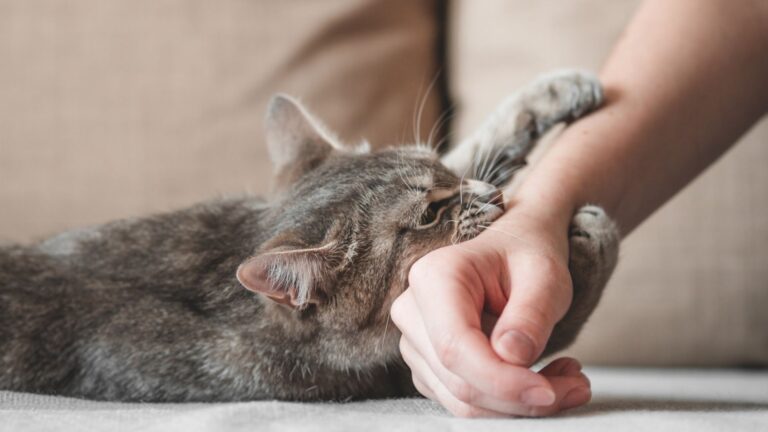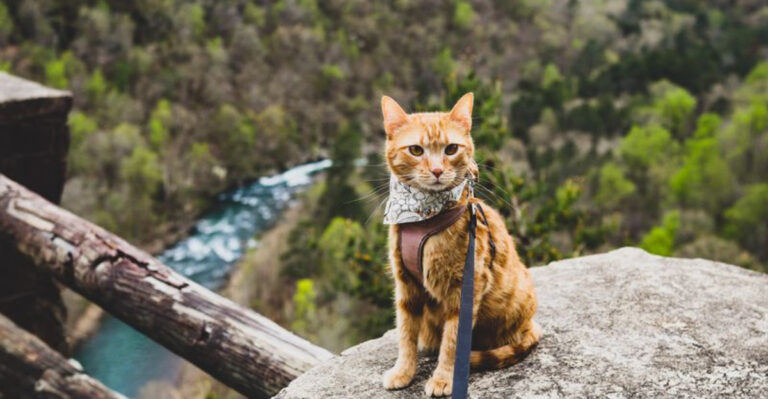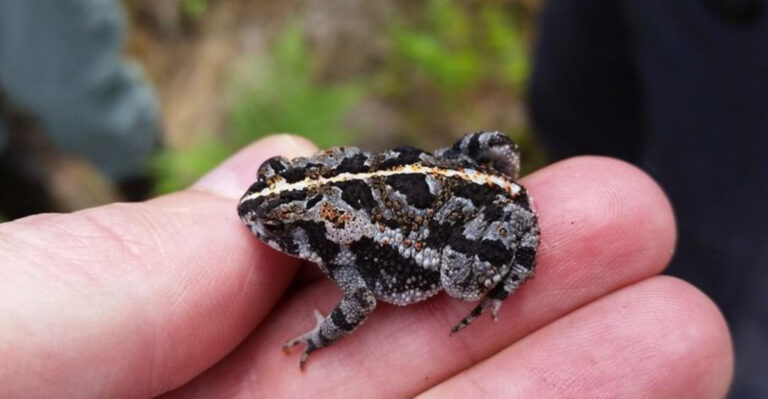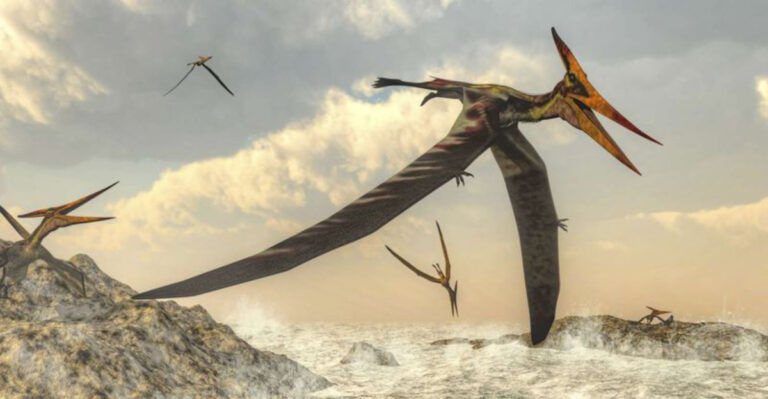15 Majestic Horses That Prove Nature Is The Greatest Artist
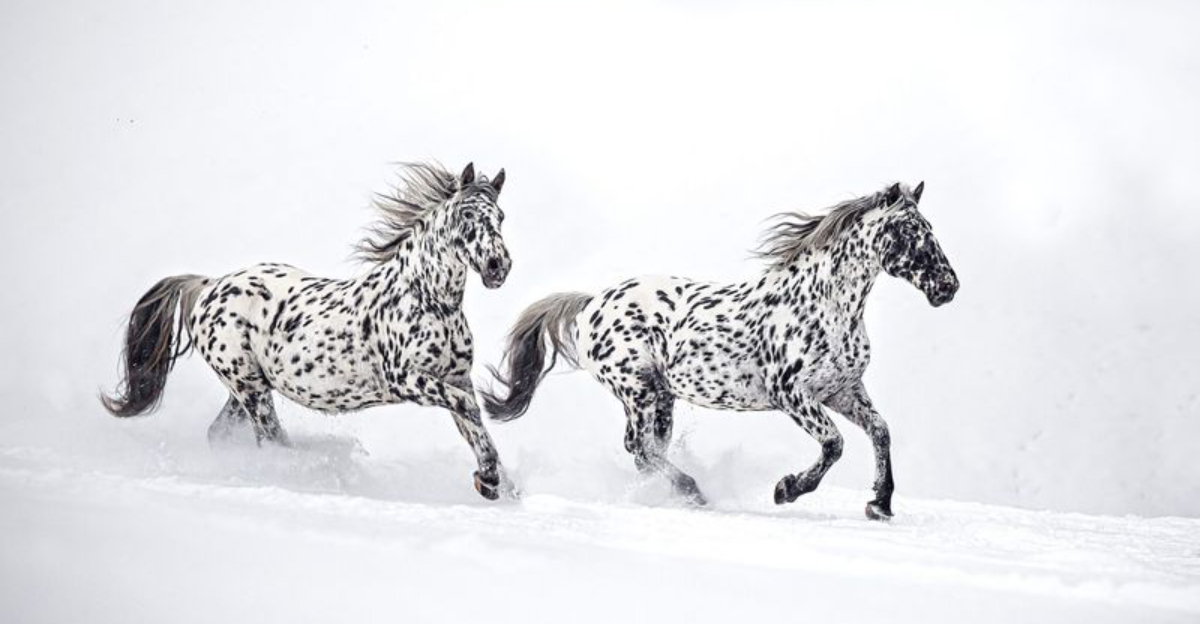
Have you ever stopped to marvel at the breathtaking beauty of horses galloping freely across open fields?
These magnificent creatures showcase nature’s artistic brilliance through their flowing manes, powerful muscles, and expressive eyes. From rare coat patterns to unique markings, horses display an incredible range of natural beauty that no human artist could fully capture.
1. The Akhal-Teke’s Metallic Shimmer
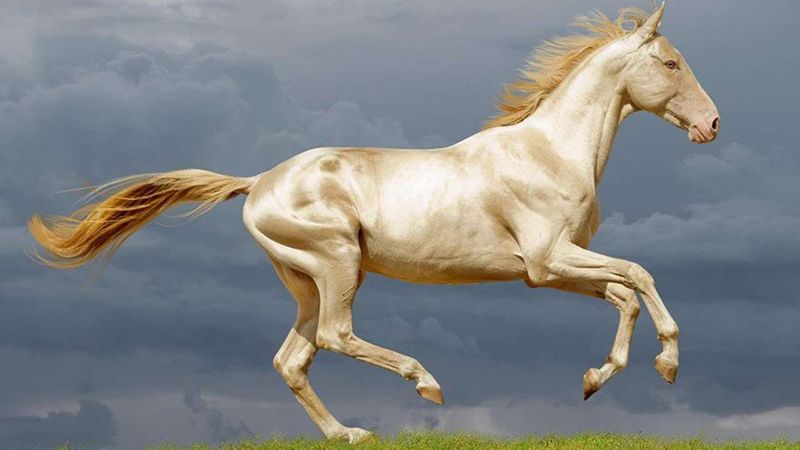
Imagine a horse that seems dipped in liquid gold! The Akhal-Teke’s coat contains a unique crystalline structure that reflects light, creating a metallic glow unlike any other animal on earth.
Native to Turkmenistan, these horses evolved their shiny coats possibly to blend with desert sands. Their hair structure lacks the central core found in other horses, allowing light to bounce through like fiber optics.
2. Friesian’s Flowing Black Mane

Like living shadows with flowing silk curtains, Friesians captivate with their dramatic appearance. Their jet-black coats contrast perfectly with the cascading waterfall of mane and tail that can grow several feet long.
Originally bred as war horses in the Netherlands, these gentle giants now star in films and fantasy productions. Their feathered feet add to their fairytale appearance, making them look like they’ve galloped straight from a storybook.
3. Appaloosa’s Spotted Canvas
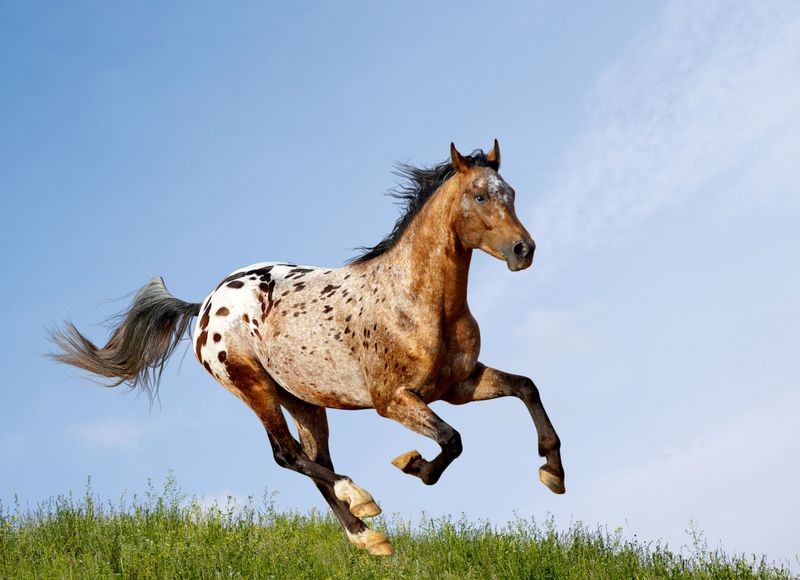
Mother Nature grabbed her paintbrush and went wild with the Appaloosa! These walking art pieces showcase leopard-like spots, blanket patterns, or marble-cake swirls across their rumps and bodies.
Developed by the Nez Perce tribe in the American Northwest, each Appaloosa sports a unique pattern. Even their skin is mottled and their eyes have distinctive white sclera, making them instantly recognizable even without their famous spots.
4. Marwari’s Curved Ear Symphony
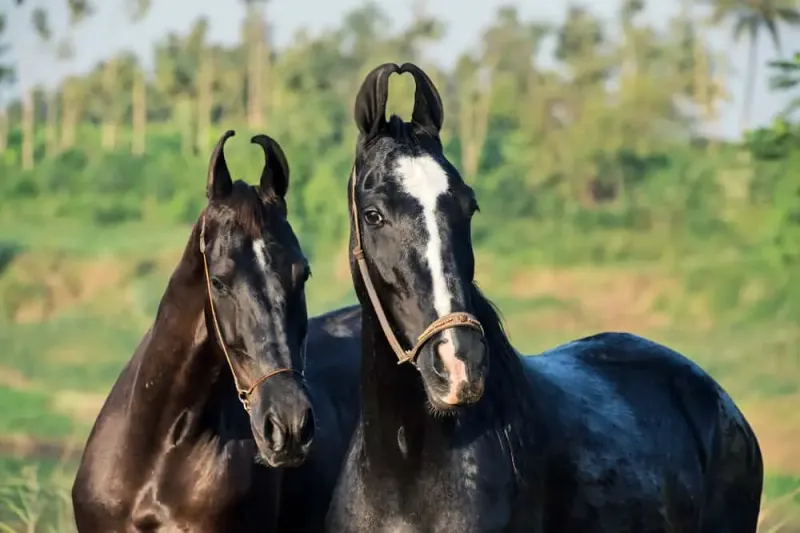
Curved like musical notes against the sky, the Marwari’s inward-turning ears can rotate 180 degrees independently! These distinctive ears aren’t just for show – they help these horses hear across India’s vast deserts. Descended from war horses of ancient India, Marwaris were bred for loyalty and courage. Their curved ears meet at the tips, forming a heart shape when alert, and they’re known to turn their ears toward their riders as if listening for commands.
5. Gypsy Vanner’s Feathered Feet
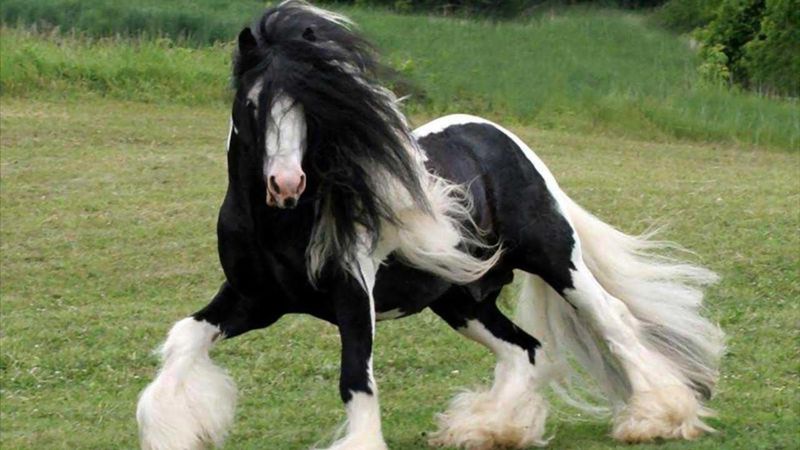
Fluffy leg feathering that would make any ballerina jealous adorns the Gypsy Vanner’s powerful legs. This abundant hair flows and bounces with each step, creating a mesmerizing dance of movement.
Developed by Romani travelers in the British Isles, these horses pulled ornate caravans. Their spectacular feathering isn’t just decorative – it protected their legs from brambles and harsh weather as they traveled through the countryside.
6. Andalusian’s Ballet Dancer Grace
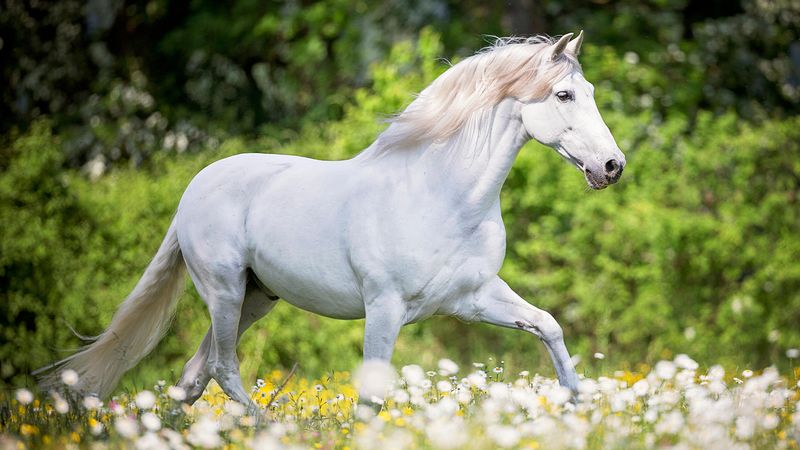
Watching an Andalusian move is like seeing ballet performed by a 1,000-pound athlete. Their arched necks and elevated gaits create an illusion of floating above ground rather than touching it. Spanish royalty favored these horses for centuries, and their natural collection and balance made them perfect for classical dressage. An Andalusian can perform complex movements that seem to defy gravity, with a presence that commands attention in any arena.
7. Knabstrupper’s Dalmatian-Like Dots
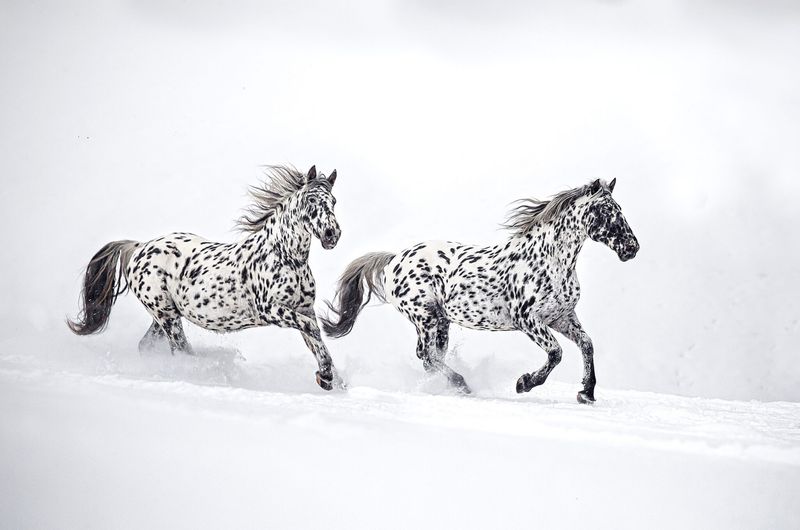
Looking like they escaped from a Dalmatian convention, Knabstruppers sport speckled coats that range from a few scattered spots to blankets of polka dots covering their entire bodies.
This Danish breed dates back to 1812 when a chestnut mare with spots was bred to create this distinctive pattern. No two Knabstruppers share the same spot pattern, making each one a unique walking masterpiece that catches every eye at horse shows.
8. Haflinger’s Golden Sunshine Mane
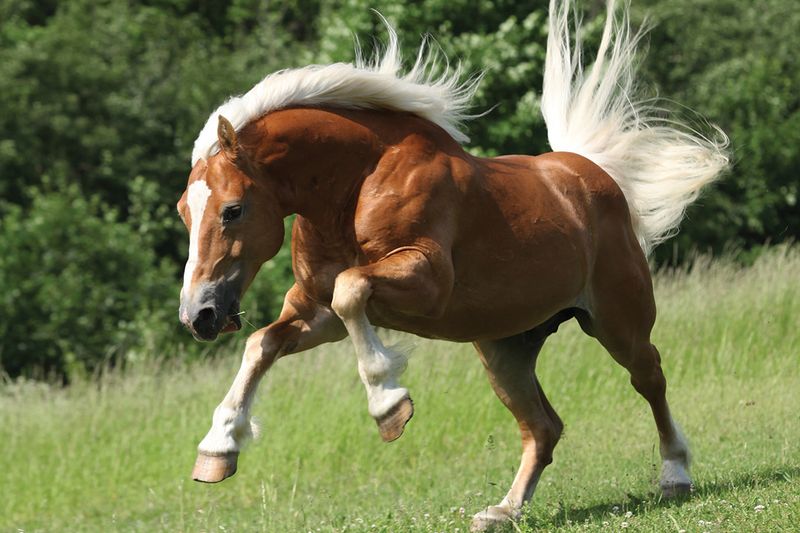
Sunshine seems permanently woven into the flaxen manes of Haflingers. Their chestnut bodies contrast beautifully with cream-colored tails and manes that glow like captured sunlight. Originating in the Austrian Alps, these horses developed their thick golden manes as protection against mountain weather. Each Haflinger’s mane can grow so long it touches the ground when not braided, creating a cascading waterfall effect that shimmers with each movement.
9. Sorraia’s Primitive Perfection
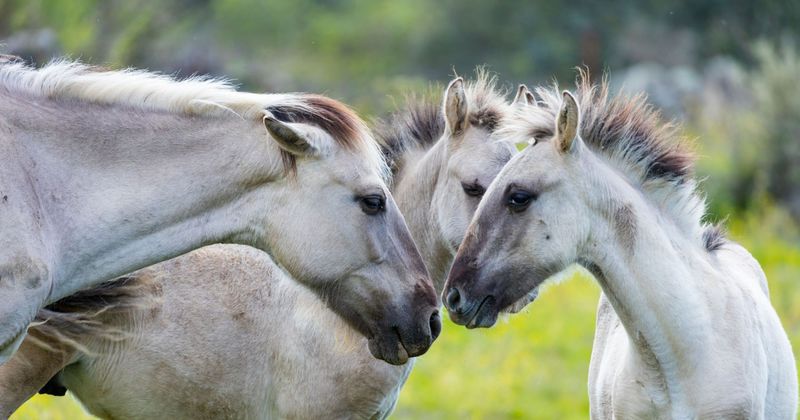
Stepped straight out of ancient cave paintings, the Sorraia horse showcases nature’s original design. Their dun coloration with dramatic dorsal stripes and zebra-like leg markings reveal their primitive origins.
Nearly extinct, these rare Portuguese horses represent what ancient wild horses looked like. Their distinctive mouse-gray or yellow-brown coats with black points connect us visually to horses that early humans hunted and later domesticated thousands of years ago.
10. Black Forest Horse’s Flaxen Chocolate
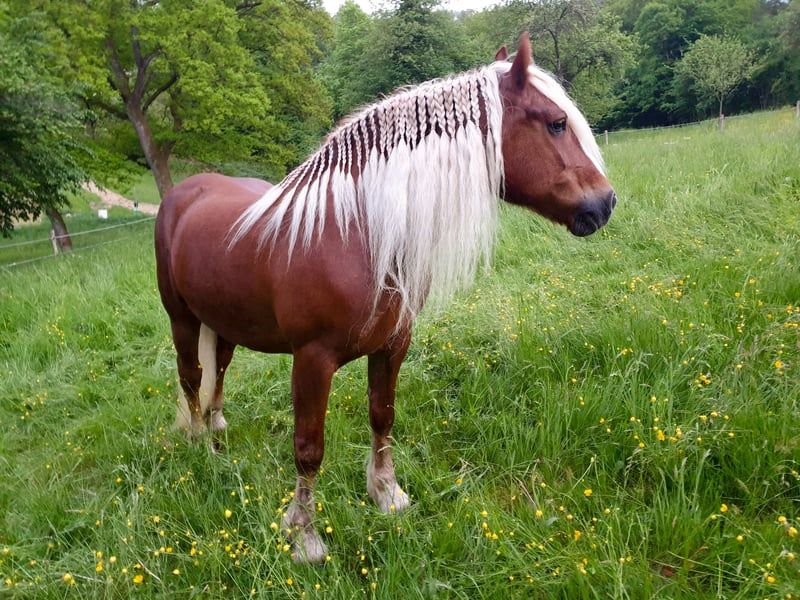
Chocolate bodies crowned with cream-colored manes make Black Forest Horses look like walking desserts! This striking combination creates a natural contrast that artists struggle to replicate. Bred in Germany’s Black Forest region, these gentle giants traditionally hauled timber through dense woods. Their unique coloring helped farmers spot them easily among the dark trees, while their calm temperament made them reliable workers in challenging conditions.
11. Fjord’s Two-Toned Mohawk
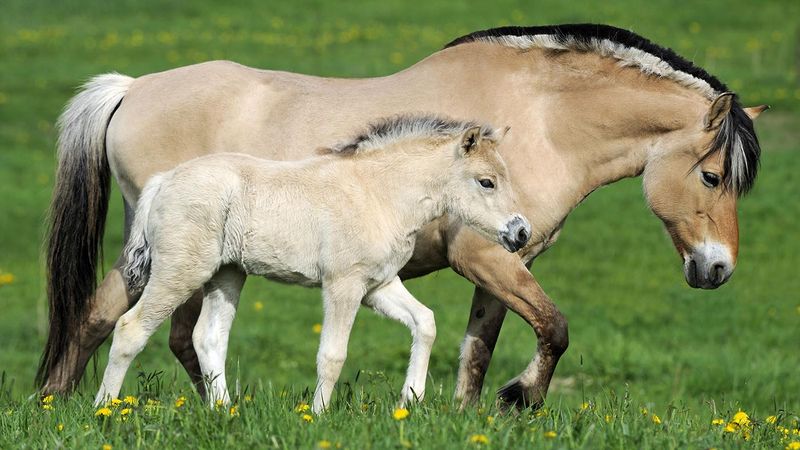
Sporting nature’s perfect mohawk, Norwegian Fjord horses display a striking two-toned mane that stands upright like a punk rocker’s hairdo.
The outer hair grows dark while the inner core remains cream-colored. Traditionally, their manes are trimmed to stand upright, showcasing the dramatic contrast between dark outer edges and light centers. This distinctive feature evolved as protection against harsh Norwegian winters, with the stiff mane helping to shed snow and rain.
12. Palomino’s Golden Gleam
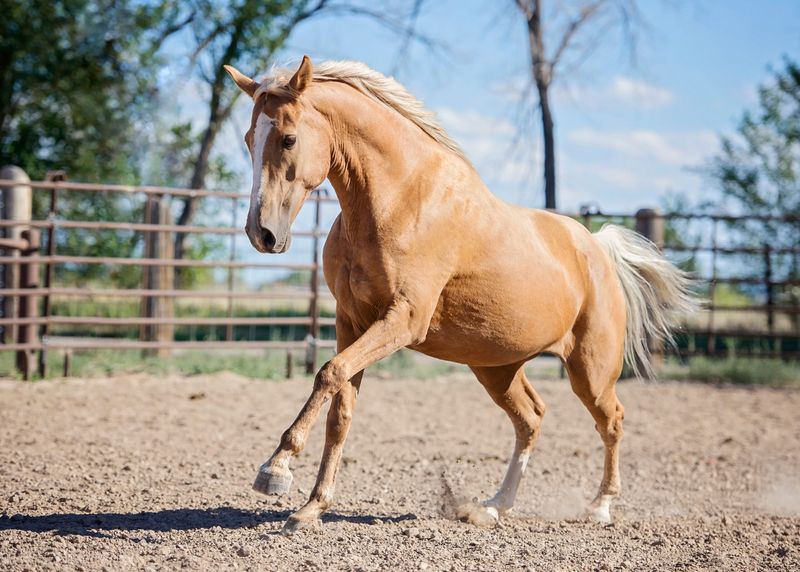
Fairytale princesses would surely choose palominos as their steeds! Their golden bodies paired with flowing white manes and tails create a magical appearance that catches sunlight like polished brass. Not technically a breed but a color, palominos range from light honey to deep gold.
The best examples have the color of a newly minted gold coin, and no two palominos share exactly the same shade, making each one a unique treasure.
13. Bashkir Curly’s Hypoallergenic Ringlets
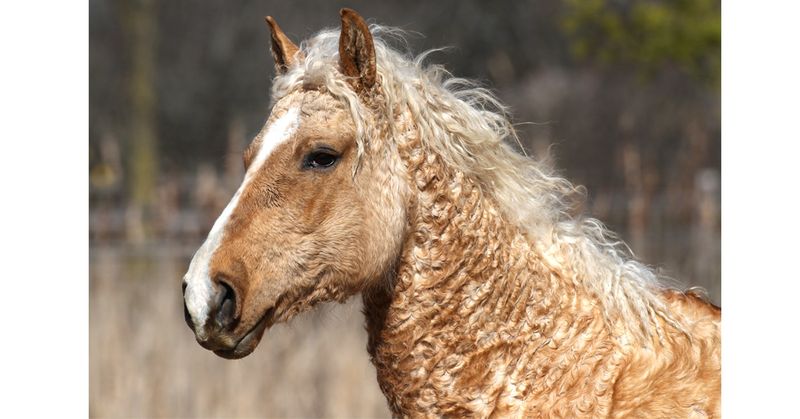
Curls aren’t just for humans! Bashkir Curly horses sport tight ringlets all over their bodies, from their manes to their eyelashes.
These adorable curls range from loose waves to tight corkscrew spirals. Beyond their charming appearance, these curls serve a practical purpose. The unique hair structure makes these horses hypoallergenic, allowing even severely allergic people to enjoy horseback riding. During summer, they shed much of their curly coat, growing it back for winter warmth.
14. Paint Horse’s Living Canvas
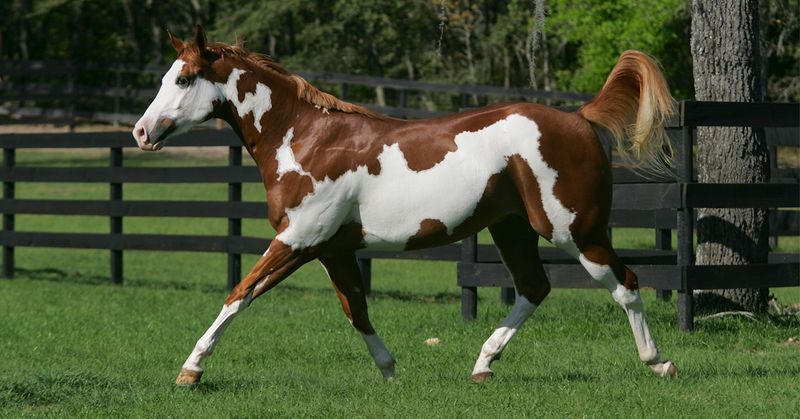
Splashed with bold patches of white against rich base colors, American Paint Horses look like they’ve been designed by an abstract artist. No two share the same pattern, making each one a unique masterpiece.
Their distinctive patterns fall into categories like overo, tobiano, and tovero, each with specific characteristics. Native Americans prized these spotted horses for their visibility and believed the patterns held spiritual significance, often featuring them prominently in their artwork.
15. Icelandic Horse’s Flowing Double Mane

Wind whipping through their double manes creates a spectacle of flowing hair that photographers dream of capturing. Icelandic horses grow incredibly thick, long manes that split naturally down both sides of their necks.
Developed in isolation for over 1,000 years, these hardy horses adapted to Iceland’s harsh climate with their abundant hair. Their unique tölt gait makes them appear to float across the landscape, adding to their magical appearance when their magnificent manes stream behind them.


